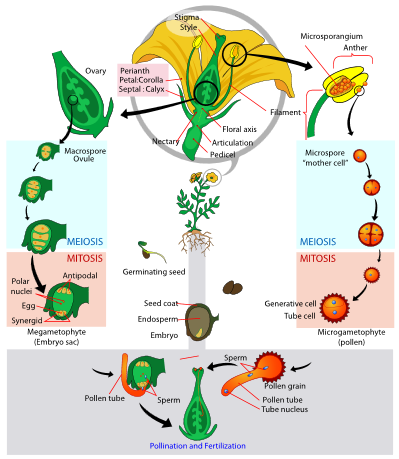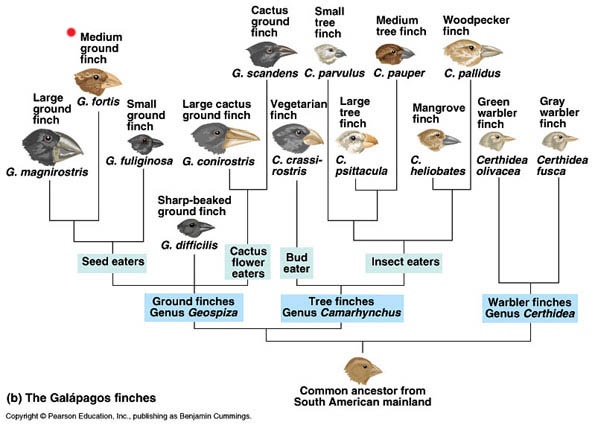This is the last week of our class with Dr. Parameswari.
During our last class, we had discussed the answer for our test paper and also
lecture on hormones in plant. There are 5 hormones that are important in plant growth which are auxin,cytokinins, gibberellins, abscisic acid and ethylene. Each are very important for each part of the growth of the plants.
Throughout these 7 weeks, I learnt a lot of new things in
the lecture class. The topic that I really interested in is the history of life. Since I was small, I am so curious that how life started, how do the earth have the first living things, how are they going to live in that kind of environment, how do they obtain food, which animal is the first living organism that found in earth, do the earht have plants or animal first. After this lecture, I found the answer to all my question. It is so fun to learn about new things, about something that I have been so curious about it. Besides the last few topic was mainly on plant, originally I always doesn't like chapter or topic on plant when I was studying in secondary school or form 6, simply because I cannot imagine how things work on them. I'm a human being I can roughly understand how blood flow in my body, how my brain function, where is my heart and how my heart beats. However while studying plant it takes so much of my time to really understand them, how pollination occur, how it transfer the pollen and how the male gametes is transfer to the female ovum. After the lecture class with Dr. Parameswari, I can now understand more, I don't just memorize the ways or important part for exam, because now I understand plant.
Moreover I have fun doing scl activites, where it makes us
understand more on the topic that we had covered and also have the opportunity
to work together with our course mate. I really like the scl activities,
because only lecturing sometimes is very hard for me to concentrate, as I had
gone to different classes before and it is really tiring and hard to pay
attention. Scl activities give me the chance to know the topic well by letting
me do my own research on internet. When answering the question, I’ll ask myself
whether I really understand it by determining it with whether I can answer the
entire question in scl activities. If I don’t I have a chance to revise and
study on my own so that I can participate in the scl activities and contribute
to my group.
Besides that, writing reflective journal every week after
the lecture class also help me in my studies. When I am writing for reflective
journal I’ll study the topic beforehand, I will also do some further research
on things or ideas that are new and interesting to me. This makes me understand
further on the topic, and increase my knowledge. Study in universities is not
just about getting a good grade, universities is also a place or a pathway for
us to enter the real society. Hence getting more knowledge is very important.
Besides in further understanding the subject or topic, I can know what I’m
interested in doing, I’ll have an idea on what course I would like to be major
in or what kind of job I’ll like to do in the future time.
The next class will be with Dr Nik, I look forward to the next class as we going to study more about human body. I think I will enjoy the following class till the end of this sem.




